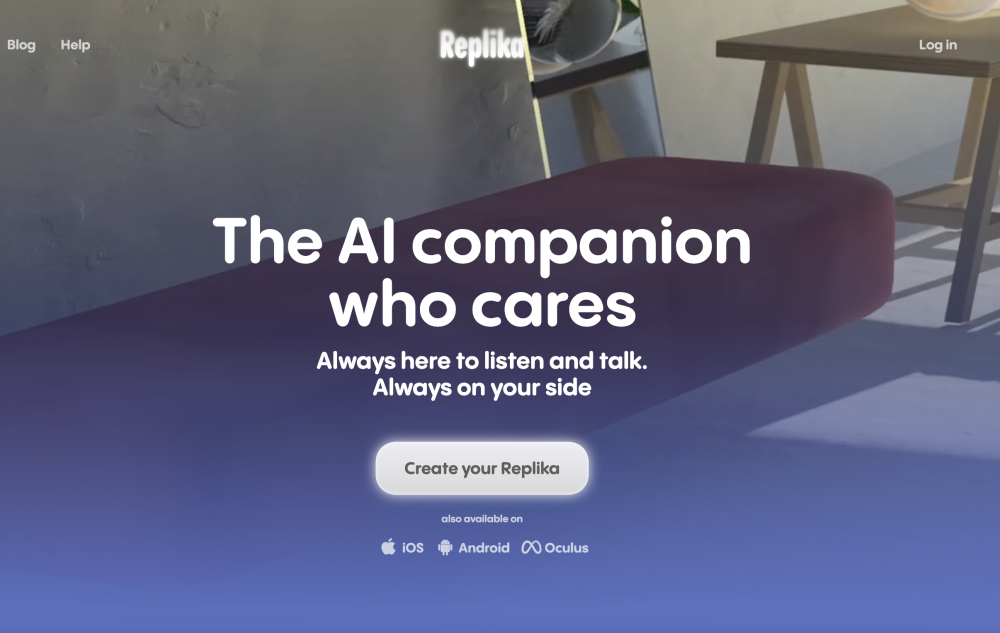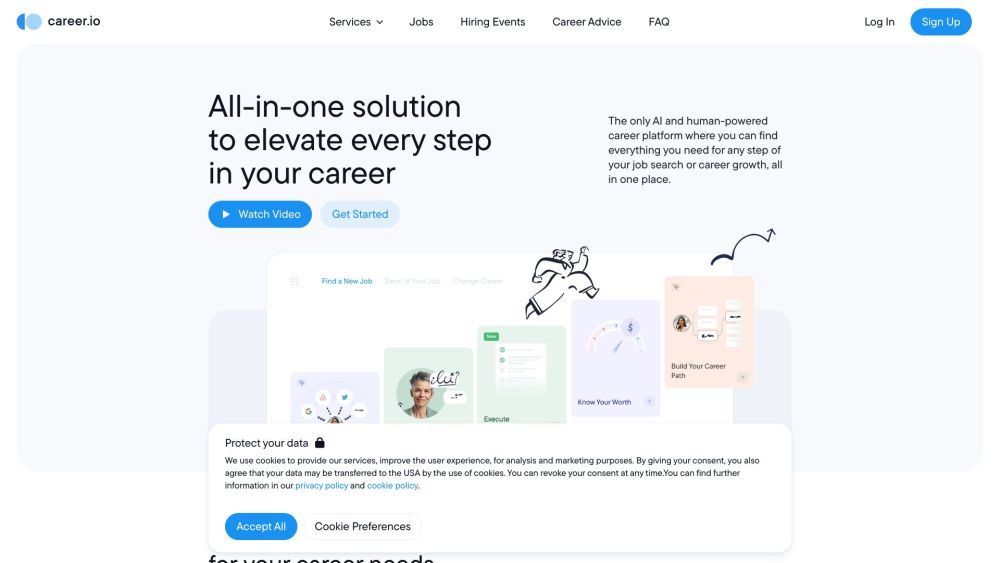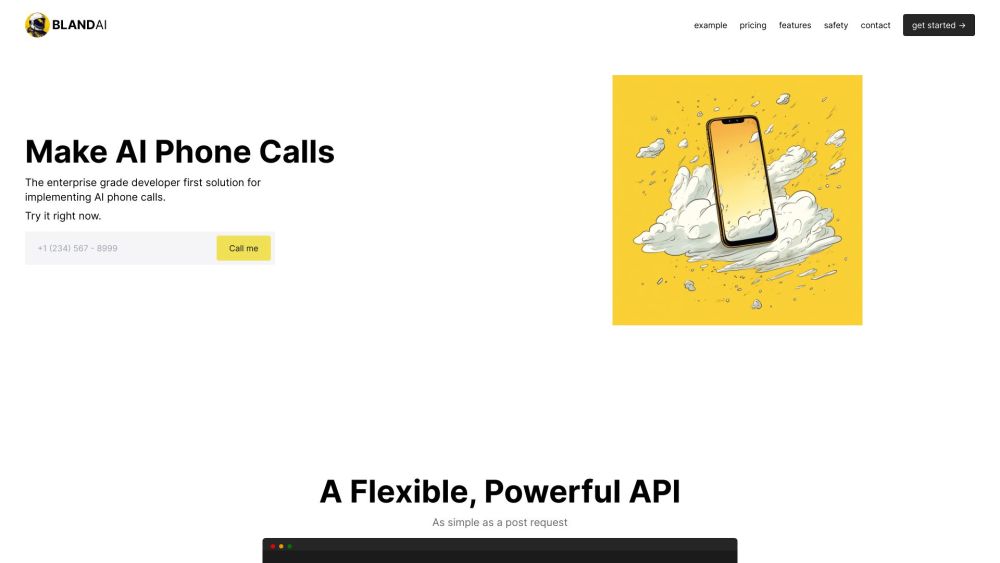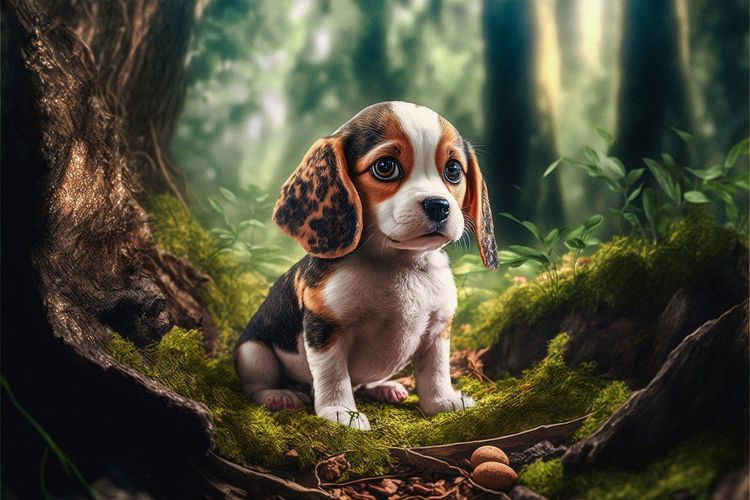OpenAI Introduces Sora: A Revolutionary New Video Generation Model
Most people like

Replika is an innovative AI chatbot designed to offer emotional support while adeptly mirroring your texting style. Whether you're seeking companionship or someone to share your thoughts with, Replika engages with you through personalized conversations that enhance your experience.

Unlock Your Career Potential with Our AI-Powered Career Services Platform
Experience unparalleled support on your professional journey with our innovative AI-driven career services platform. Designed to enhance your success, we provide personalized resources and expert guidance tailored to your unique career goals. Take the first step toward achieving your aspirations today!

Bland AI harnesses the power of machine learning to automate tasks, significantly enhancing efficiency and productivity. By integrating advanced AI solutions, organizations can streamline operations and optimize their workflows.
Find AI tools in YBX


